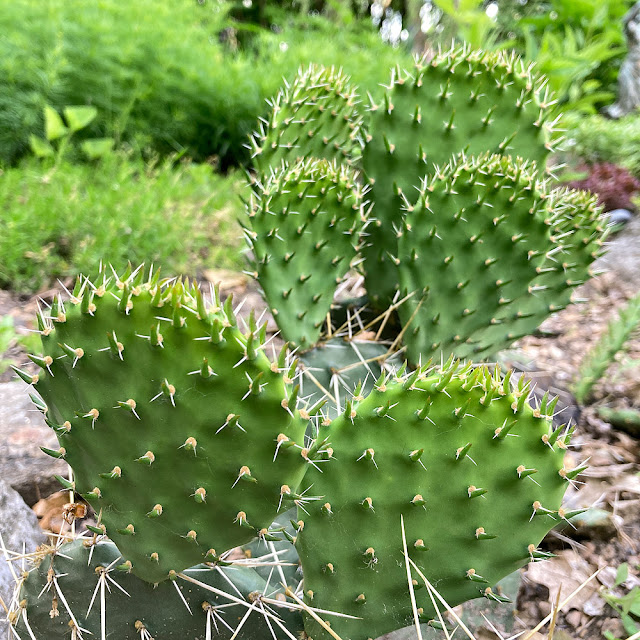Matteuccia struthiopteris, Ostrich Fern
 |
| A colony of Ostrich Fern in mostly shade conditions. |
Spreading rhizomatically, Ostrich Fern is a colony-forming fern. It is tolerant of sun to shade and various soil types as long as there is some moisture available. Because of these traits, place Ostrich Fern wisely. Consider planting it where it can increase against natural or unnatural barriers, like a retaining wall (it will travel underneath a fence). If you like to cook fiddleheads, this is the fern you want. Its prolific nature offers an abundant supply in just a few years. As always, please eat only plants you are absolutely certain is the right species and is cooked properly.
In the above planting, Ostrich Fern has done exceedingly well, going head to head with the equally successful Hop Sedge. It is not tolerant of repeated mowing, so it's spread can be curtailed by a mixture of sun and mowing. When planted on drier sites with strong sun, Ostrich Fern fronds will brown earlier than those planted in shade. Either way, it trends toward decline by August through September. That cue suggests plants to grow alongside it -those that make headway in August for fall blooms -try Blue Lobelia, Physostegia, Turtlehead, American Germander, even White Snakeroot or other fern species.
Height: 2 to 4 feet
Conditions: sun to shade, wet to medium soils
 |




